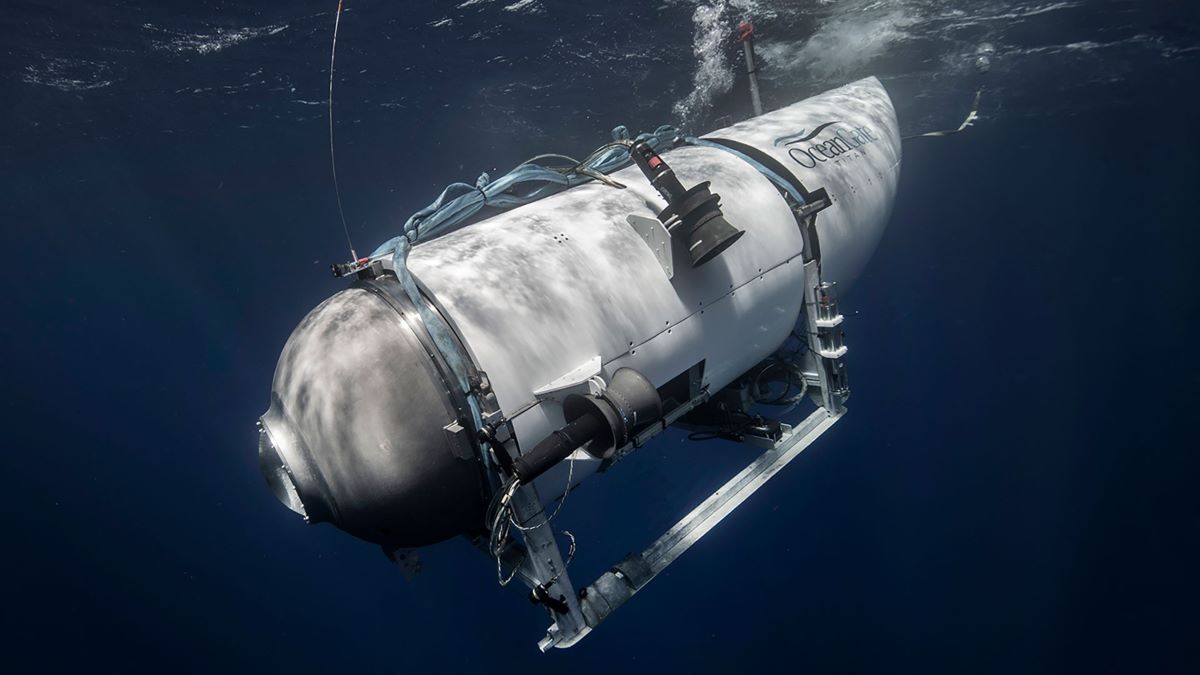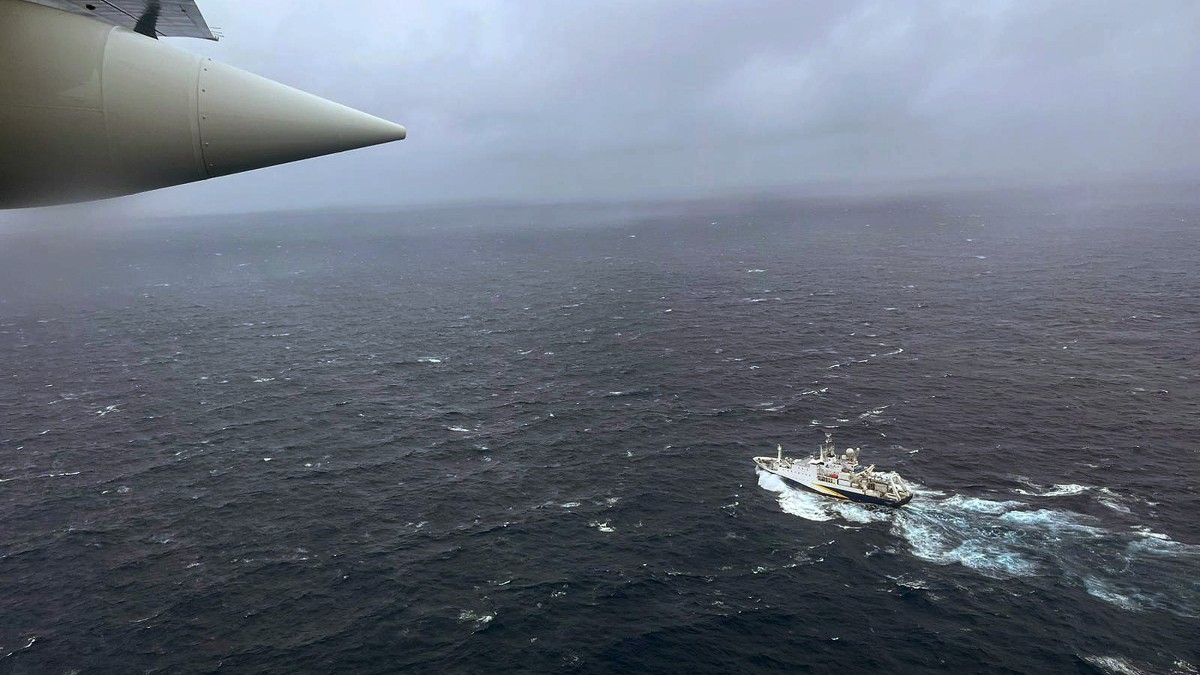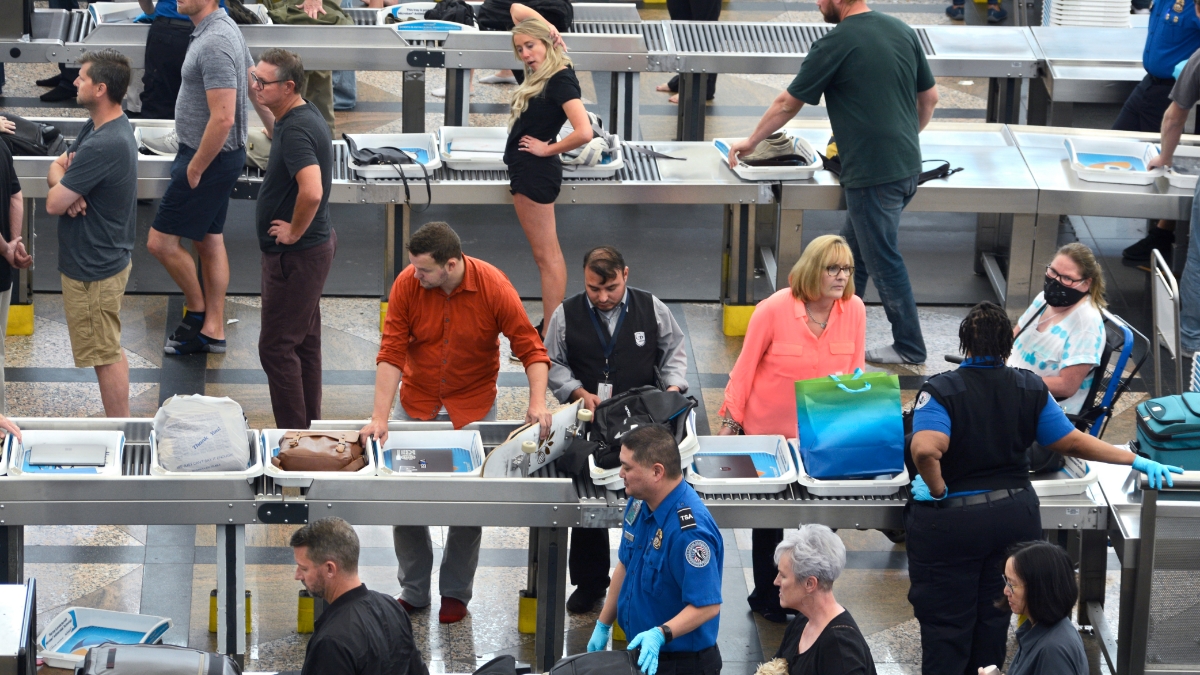Missing since June 18, the Titan submersible ran out of its 96-hour supply of oxygen this morning, making chances of a successful rescue slim. But whatever dwindling hope still remained for the safe return of the crew onboard the vessel has hit yet another disheartening update that seemingly confirms one of the running theories about the submersible – that it imploded shortly after it began its journey.
It has been reported a “debris field” has been discovered by a robotic deep-sea vessel on the ocean floor near the Titanic wreckage. BBC has also added an update from dive expert David Mearns, a friend of the passengers, that the debris includes “a landing frame and a rear cover from the submersible,” thus confirming that an implosion may have been the reason why contact with the sub hasn’t been possible and why it has been so difficult to locate it despite the non-stop rescue operations.
As reported by Insider, the search was supposed to continue “until we are absolutely certain that there is going to be no chance of survival,” but based on the debris found, OceanGate has issued the statement in a press conference that they believe those onboard the Titan “have sadly been lost.” U.S. Coast Guard Rear Adm. John Mauger has also stated (via CNN) that the debris discovered from the Titan is “consistent with a catastrophic implosion.”
Is an implosion really the reason behind the Titan tragedy?

There are many scenarios being discussed for its disappearance and one tragic possibility is that its outer shell ruptured and imploded — that is, it collapsed inward with violent force — the second it come in contact with the extremely high water pressure below sea level, which would explain the recently discovered debris field.
As explained by Stefan Williams, a marine robotics professor at the University of Sydney, even the smallest error in the Titan’s design would have left it unable to withstand the high pressure.
“Although the Titan’s composite hull is built to withstand intense deep-sea pressures, any defect in its shape or build could compromise its integrity – in which case there’s a risk of implosion.”
The problem in the submarine’s design could have ranged from a leak, an electrical short circuit, to overall power failure that could have weakened its system. In a chat with Guardian, Williams shared his belief that the possible implosion, if this is what truly happened, actually took place in a very short span of time, leaving anyone barely any time to think of a solution.
“If the pressure vessel has failed catastrophically, it’s like a small bomb going off.”
If this ends up being the reason behind the Titan’s mishap, then it would be a serious omission deliberately committed as back in 2018, David Lochridge, OceanGate’s director of marine operations at the time, assessed the Titanic submarine and found issues with its hull monitoring system.
He clearly stated that the craft, touted to reach depths of 4,000 meters (13,123 feet), had a passenger viewport that is only safe for depths of up to 1,300 metres (4,265 feet) and OceanGate refused to upgrade the same. If used, the sub’s passengers would be subjected to “potential extreme danger in an experimental submersible” as the hull monitoring system would only detect failure “often milliseconds before an implosion.”










Published: Jun 22, 2023 02:24 pm